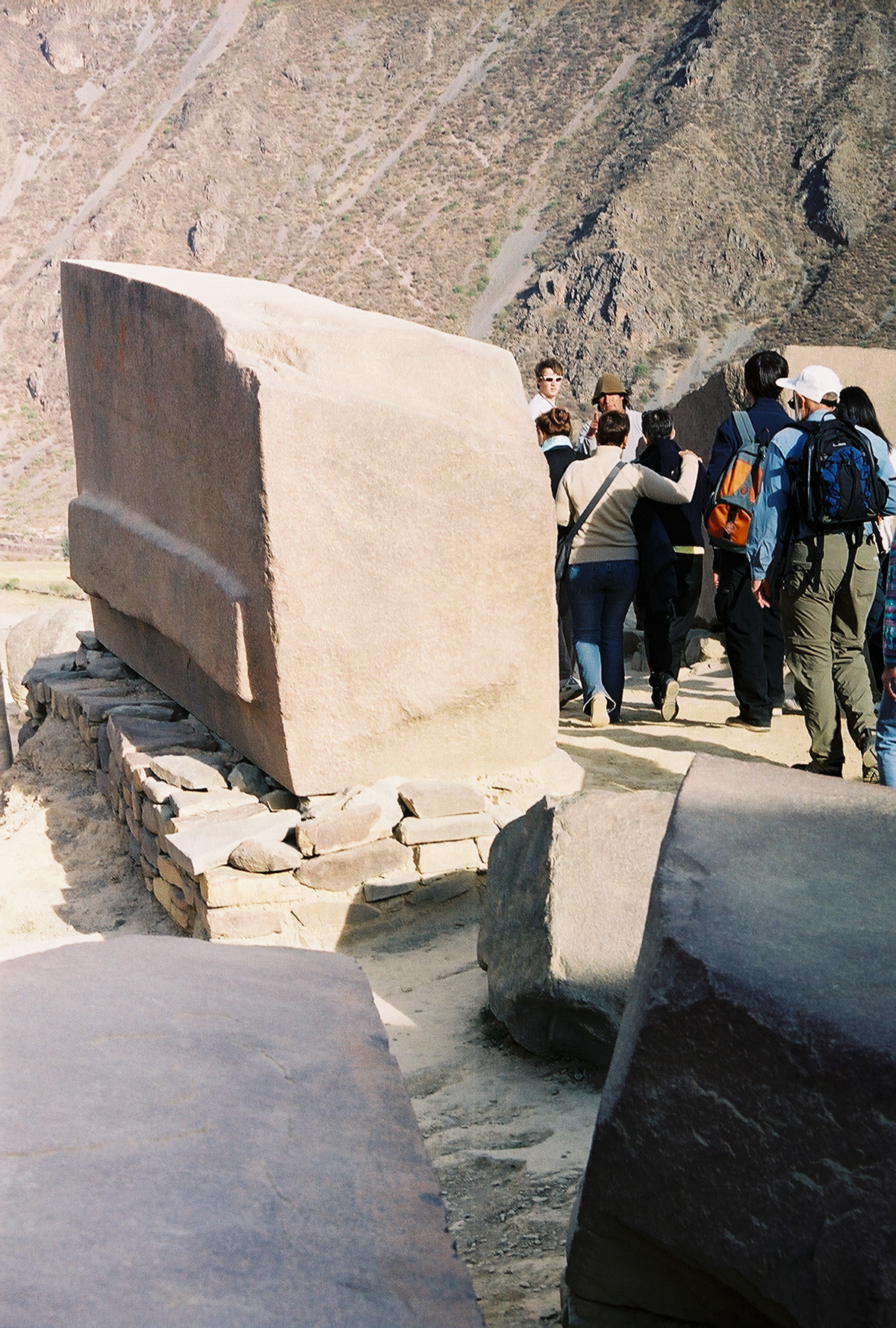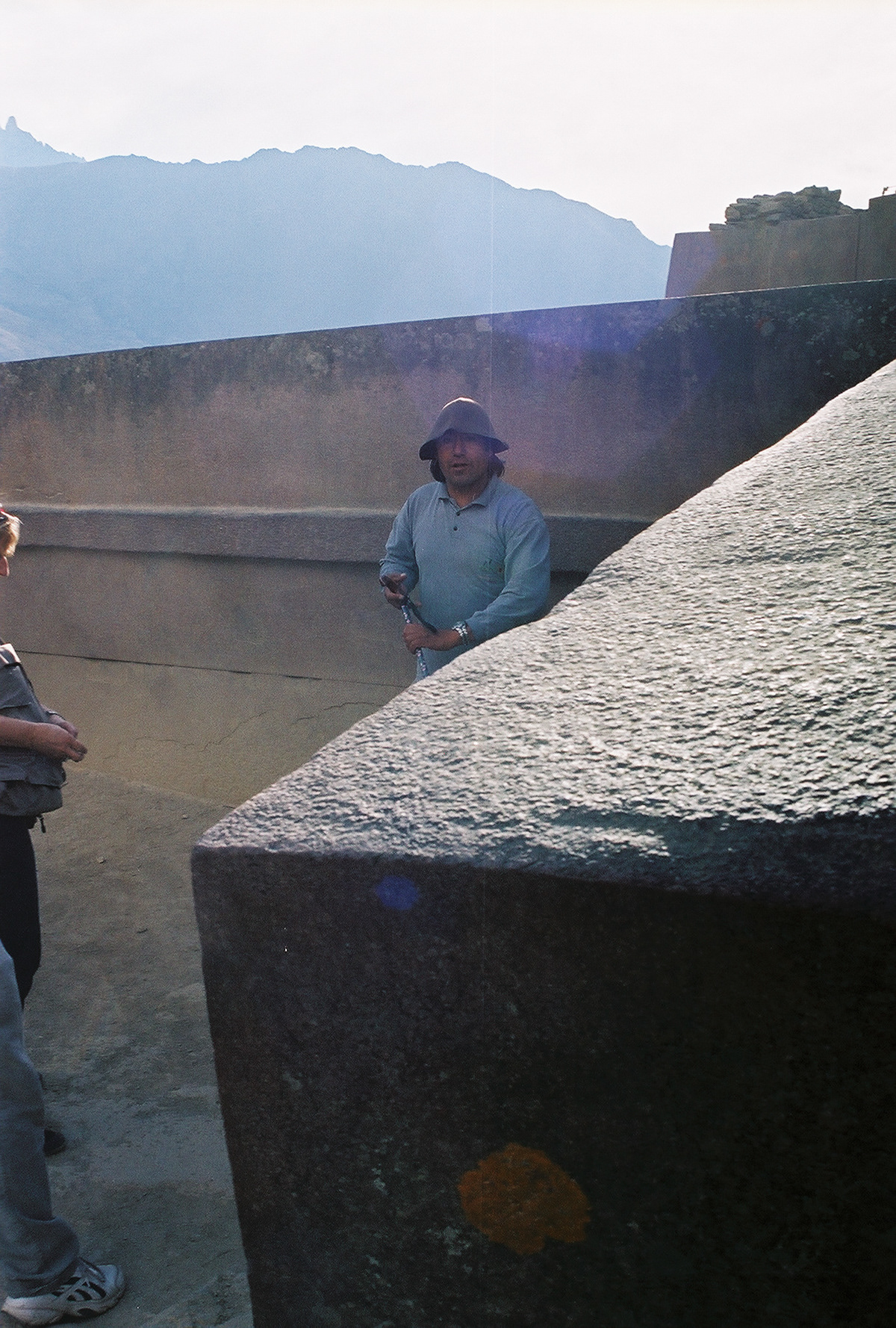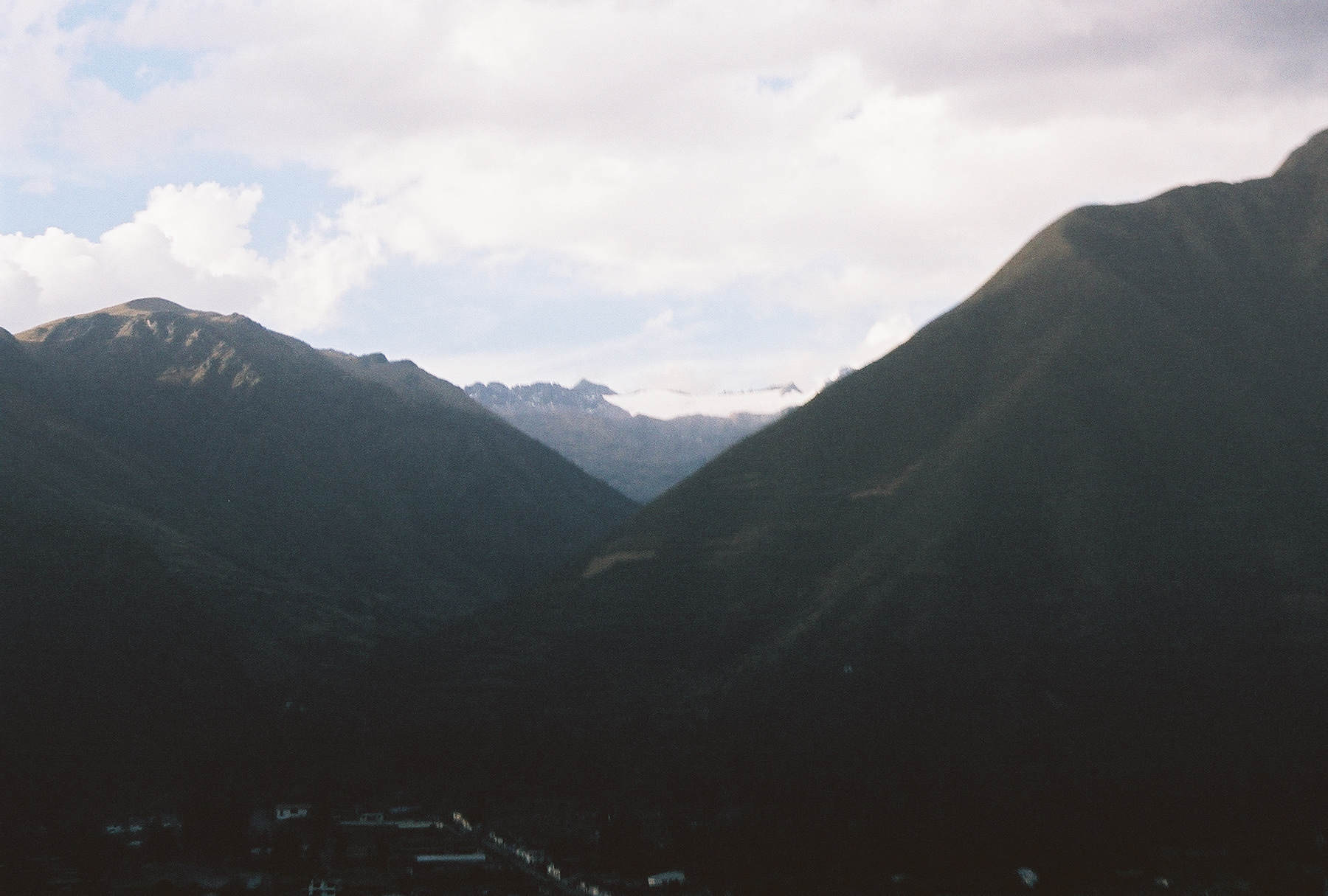
Inca archaeological site of Ollantaytambo, an Inca fortress and remains that were built in the early 1400s.

Using mostly huge pink or red perfidious granite rock, weighing 20-80 tons, they carved with extraordinary precision.

Here the Incas constructed temples dedicated to the sun and to Mother Earth or Pachamama. This site is aligned to the winter and summer Solstices and to the spring and autumn equinox.

The work was done by laborers from elsewhere who used ramps, rollers, and manpower.

Beautiful buildings were built that were occupied by royalty, nobility and important people and their entourages. These were palaces, religious retreats, plazas, ceremonial places, astronomical observatories and they also served as military stations, store houses, granaries, and terraces for farming, all connected by Inca roads.

During the Inca expansion in the 1400s, Ollantaytambo was a fortified city, a fortified fortress, and “Tambo” or administrative center.

The stone was quarried across the river and the river itself was a means to carry all the material from across the valley to the site, where materials could then be carried by using rollers ramps and manpower.

The Sacred Valley was important because during the expansion of the Inca towards the sacred valley it was the main source of sustenance for the nobility. An important agricultural location, it was used to acclimate crops and fruit trees from the high and the low jungles.

This was one of the last refuges for the Incas before they fled to the jungle to regroup, recover, and fight the Spanish forces again.

Construction included existing rock, the small valley itself, and the mountain. Fine masonry and well carved, well-polished stonework, all assembled without mortar.

Local youngster visits our tour bus.

Local youngster visits our tour bus.

Peruvian landscape

Peruvian landscape

Peruvian landscape

Peruvian landscape

Peruvian landscape

Peruvian landscape

Peruvian landscape

Peruvian landscape

Peruvian landscape

Peruvian landscape
































